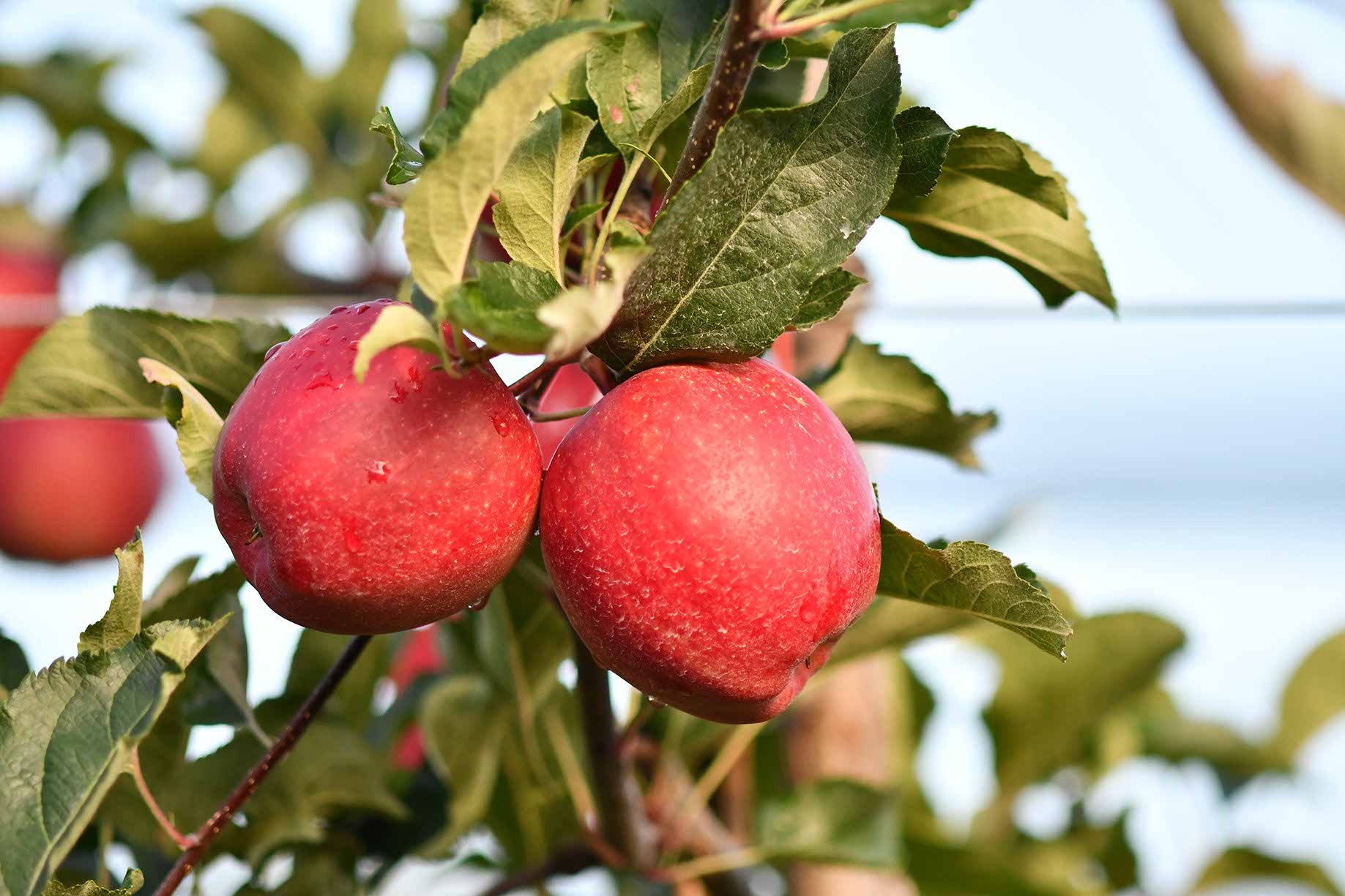Genomics

Genomics is evolving at a rapid pace because of advances in DNA sequencing technology, genome assembly and annotation methods. High-quality genome assemblies allow researchers to identify structural variants like insertions, deletions, and inversions that underlie key agronomic traits. Comparative genomics enables the discovery of conserved and species-specific features, shedding light on evolutionary patterns and critical gene functions. Annotation of genes and regulatory elements further deepens our understanding of traits such as yield, stress tolerance and reproduction. These advancements not only facilitate efficient trait discovery but also provide a foundation for gene-editing technologies such as CRISPR/Cas.
The ever-increasing amount of genomic data is also reshaping studies of genetic diversity. By analyzing population-level variation, researchers can identify adaptive alleles and create core collections of genetic resources, ensuring the conservation and effective use of genetic diversity. Phylogenetic analyses trace evolutionary histories, guiding breeding programs by integrating genetic diversity from wild relatives.
Highlights of our research on genomic resources are featured here:
Kyuss v2.0 – THE reference genome sequence for perennial ryegrass
Ultra-long ONT reads with Hi-C enabled the generation of a nearly perfect genome assembly of Kyuss, a doubled haploid perennial ryegrass genotype.
High genomic plasticity and unique features of Xanthomonas translucens pv. graminis
Complete genome sequences revealed a high level of chromosomal rearrangements and to identify features potentially involved in pathogenicity.
First complete genome sequences of representative strains of all Xanthomonas translucens pathovars
We assembled complete genome sequences for relevant strains of these important pathogens of cereal crops and forage grasses.
Accelerating genetic diversity monitoring in grassland plants
A new approach to assess genetic diversity in grassland plants can make large-scale, multispecies monitoring a reality.
A highly complete perennial ryegrass genome assembly
Ultralong Oxford Nanopore reads enable the assembly of large and complex plant genomes.
Xanthomonas theicola harbours a novel type 3 secretion system
The complete genome sequence of Xanthomonas theicola, the causal agent of canker on tea plants, reveals novel secretion systems in clade-1 xanthomonas.
Genome-wide allele frequencies to reliably and accurately genotype buckwheat accessions
Using an adapted genotyping-by-sequencing (GBS) protocol, we show that buckwheat accessions are highly heterozygous and investigate the genetic similarity between accessions.
Genetic characterisation of buckwheat accessions through genome-wide allele frequency fingerprints
Nay et al. describe an approach to genotype buckwheat accessions by reporting population-specific allele-frequencies instead of bi-allelic SNPs. This technique allowed to precisely describe buckwheat breeding material and is an important step to implement molecular plant breeding tools in allogamous buckwheat.
"Reviving plant genetic resources for our future crops"
Article by Dr. Michelle Nay